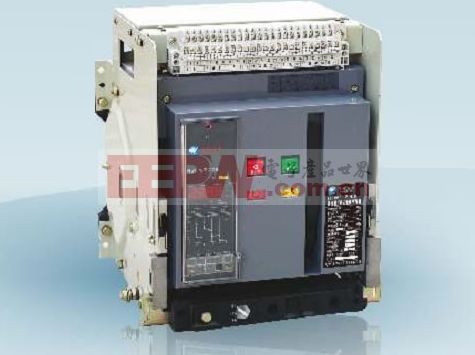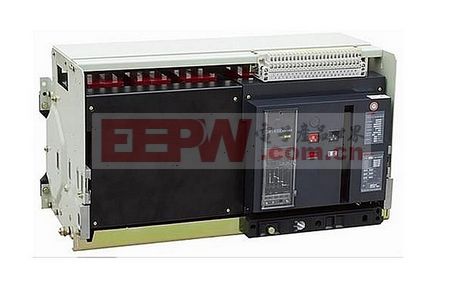Guide: Circuit breakers, also known as interrupters, are essential components in electrical systems designed for overcurrent protection. But what exactly do they do? Let’s explore the key functions of circuit breakers together!
1. The Role of Circuit Breakers – Introduction
A circuit breaker is a switching device that can close, carry, and break current under normal operating conditions. It can also close, carry, and break current under abnormal conditions within a specified time frame. These devices are widely used to distribute electrical power, start motors occasionally, protect power lines and motors, and automatically disconnect the circuit when severe overloads, short circuits, or undervoltage occur. Their function is similar to that of a fuse but with the advantage of being reusable without replacing parts after a fault. Today, circuit breakers are commonly found in both high-voltage and low-voltage applications. While there is no strict boundary between high and low voltage, generally, equipment rated at 3kV or above is considered high-voltage.

2. The Role of Circuit Breakers – Structure
A typical circuit breaker consists of several key components: contact system, arc extinguishing system, operating mechanism, trip unit, and housing. When a short circuit occurs, the magnetic field generated by the large current overcomes the spring's resistance, causing the trip unit to activate the operating mechanism and open the circuit instantly. In the case of an overload, the increased current heats up the bimetallic strip, which then deforms and triggers the mechanism. Modern electronic circuit breakers use transformers to measure current from each phase, compare it with a set value, and send a signal to the microprocessor to trigger the trip unit if an abnormal condition is detected.

3. The Role of Circuit Breakers – Common Issues
Circuit breakers are commonly used in applications involving frequent load changes, such as motors, large transformers, and substations. They can interrupt fault currents and work with various protective relays to safeguard electrical equipment and circuits. In low-voltage lighting systems, circuit breakers help automatically cut off power when needed. They offer multiple protections like overload and short-circuit, but sometimes their performance may not be sufficient depending on the load at the end of the circuit.
Some modern circuit breakers come with isolation features, combining the functions of a standard circuit breaker and an isolating switch. While isolating switches cannot be operated under load, circuit breakers provide additional protection against short circuits, overloads, and under-voltage situations. This makes them more versatile in complex electrical systems.

Expand your knowledge:
- Detailed explanation of the working principle of circuit breakers
- Disassemble a 125A circuit breaker
- Basic knowledge of circuit breaker control loops
- Transformer basics
capacitive touch screen, PCAP sensor, multi touch screen
Guangdong ZhiPing Touch Technology Co., Ltd. , https://www.zhipingtouch.com
